Description
What This Product Solves
In industrial automation and process control systems, one of the most persistent challenges is managing power conversion with unwavering efficiency and resilience—particularly in setups where AC input must transform into reliable DC output without introducing ripple or heat that could destabilize sensitive I/O signals or control loops. Picture a manufacturing line where variable loads from actuators and sensors demand steady rectification, or a power distribution panel in a factory where voltage fluctuations threaten to cascade into equipment faults, leading to unplanned downtime and costly resets. These scenarios amplify the need for high-reliability bridge rectifiers that handle surge currents without compromising signal integrity, ensuring your automation backbone remains rock-solid amid demanding cycles.
The Toshiba GBU648E-S emerges as a targeted solution here, a glass passivated bridge rectifier engineered to deliver clean, efficient DC power in the heart of industrial environments. When standard diodes falter under high forward voltages or thermal stress, causing erratic I/O signal noise or intermittent failures in PLC modules, this component steps up to maintain system stability. It’s especially vital during upgrades to modular control architectures, where space-constrained backplanes require compact yet robust power handling to support expanded sensor arrays or redundant drives. Engineers grappling with electromagnetic interference in motor control centers or harsh process control setups often rely on it to filter out distortions, preserving the precision your operations hinge on. By prioritizing surge protection and low leakage, the Toshiba GBU648E-S cuts through the noise of unreliable rectification, enabling seamless integration that boosts overall high reliability in industrial automation. No more second-guessing power quality during peak loads—it’s about empowering your system to perform consistently, reducing troubleshooting time and safeguarding against those subtle faults that erode productivity over shifts.
This rectifier shines in bridging the gap between raw AC supplies and the clean DC feeds that drive your I/O architecture, making it indispensable for anyone engineering for longevity in process control environments where every watt counts toward uptime.
How the Product Works & Fits into a System
At its core, the Toshiba GBU648E-S functions as a full-wave bridge rectifier, converting alternating current into pulsating direct current through four glass passivated diodes arranged in a bridge configuration—think of it as the quiet guardian that ensures smooth power handoff without the dips or spikes that plague lesser components. It takes in AC from your mains or transformer secondary, rectifies it bidirectionally for full utilization, and outputs DC ready for smoothing capacitors or regulators downstream. This process is inherently efficient, with minimal voltage drop that keeps energy loss low, even under continuous duty, making it a natural fit for the power entry stage in automation stacks.
Positioned typically at the front end of your system’s power supply unit, it interfaces directly with AC input lines and feeds into DC buses that power control platforms like PLCs or DCS I/O modules. In a typical backplane setup, you’d mount it on a PCB near the entry point, where it supports the current demands of multiple channels—say, feeding 4-20mA loops or digital I/O without introducing crosstalk. It plays well with redundancy schemes, too; pair it with parallel units for fault-tolerant paths in critical systems, where a single-point failure isn’t an option. Diagnostics come indirectly through system-level monitoring, but its inherent surge capability (up to 250A non-repetitive) means it self-protects during inrush events, like motor startups, without needing extra fuses in many designs.
Protocol-wise, it’s agnostic—purely analog power handling—but it enables the stable rails that underpin digital communications like Profibus or Ethernet/IP in your I/O layers. In larger architectures, such as distributed control networks, the Toshiba GBU648E-S slots into sub-assemblies for drive controls or sensor hubs, scaling effortlessly from single-rack panels to enterprise-wide grids. The glass passivation enhances isolation, reducing arc risks in high-vibration zones, while its compact footprint minimizes real estate on crowded boards. Overall, it integrates like a trusted workhorse, accelerating your design cycle by handling the rectification grunt work so you can focus on logic and feedback tuning—delivering the reliable power foundation that keeps your automation ecosystem responsive and resilient.
- GBU648E-S
| Specification | Details |
|---|---|
| Model Number | GBU648E-S |
| Brand | Toshiba |
| Type | Single-Phase Bridge Rectifier |
| Input Voltage | 600VAC Max |
| Operating Temp Range | -55°C to +150°C |
| Mounting Style | Through-Hole (GBU Package) |
| Dimensions | 28.5 x 4.5 x 9.5 mm |
| Weight | 4 g |
| Interface/Bus | N/A (Power Diode Bridge) |
| Compliance | RoHS, UL Recognized |
| Supported Protocols | N/A |
| Typical Power Draw | 6A Forward Current |
Real-World Benefits
Opting for the Toshiba GBU648E-S equips your automation projects with a rectifier that’s engineered for the grind of continuous operation, where thermal cycling and load variations test every junction. Its glass passivation not only wards off moisture ingress in humid process environments but also ensures consistent forward voltage drops, meaning your DC outputs stay predictable—translating to tighter regulation in power supplies that feed sensitive analog I/O, with ripple levels low enough to avoid false triggers in control loops. This reliability cascades into fewer intermittent faults during extended runs, letting your systems maintain precision without the drag of voltage sags that force conservative derating.
Maintenance teams appreciate how it reduces engineering overhead by enduring high surge currents without degradation, so post-installation tweaks are rare, and replacement cycles stretch longer in dusty or oily shop floors. Integration flows smoother too, as its standard GBU footprint mates reliably with existing PCB layouts in legacy upgrades, cutting custom fab costs and speeding time-to-commissioning. Over years of service, this adds up to lower total cost of ownership—fewer scrapped boards from overstress failures, more predictable budgeting for spares, and the confidence to push utilization rates higher without risking downtime.
Ultimately, the Toshiba GBU648E-S delivers performance consistency that feels like an extension of your design intent: robust enough for harsh enclosures yet efficient in steady-state loads, ensuring long-term performance that aligns with the uptime demands of modern industrial automation. It’s the kind of component that quietly elevates your entire power chain, turning potential weak links into strengths that support scalable, future-proof deployments.
Typical Use Cases
The Toshiba GBU648E-S thrives in power plants, where it’s embedded in rectifier assemblies for excitation systems, converting AC to DC for synchronous generators under relentless thermal loads and electromagnetic pulses—critical for sustaining grid stability and avoiding blackouts from power glitches. In these process control environments, its high voltage rating handles 480V feeds with ease, ensuring continuous uptime even during fault recoveries or load banks, where surge resilience prevents chain reactions in I/O monitoring.
Shifting to manufacturing automation, it’s a go-to for variable frequency drive front-ends in assembly lines, rectifying mains power for inverter stages that sync conveyor motors and robotic arms. Harsh conditions like metal shavings or coolant mists don’t faze its passivated construction, supporting fast data cycles from encoders without ripple-induced errors—key for just-in-time production where every millisecond counts toward throughput.
In renewable energy setups, such as solar inverters, the Toshiba GBU648E-S powers DC-DC converters, bridging grid-tie AC to panel outputs amid fluctuating insolation and temperature swings. Used in critical system uptime scenarios like off-grid microgrids, it maintains signal reliability for SCADA feedback, enabling seamless islanding during outages. Across power generation, discrete manufacturing, and clean energy sectors, this rectifier anchors applications demanding uncompromised efficiency and durability, proving its worth in environments where power quality directly impacts operational ROI.
GBU608-S – Lower voltage variant (400V) for cost-sensitive, medium-duty power supplies.
GBU610-S – 1000V version for higher isolation in elevated AC line setups.
GBU2510G – Surface-mount alternative for compact PCB designs in modular I/O racks.
S6KW – Discrete diode option for custom bridge builds with flexible current scaling.
TIBA8G – Similar glass-passivated bridge for high-temperature industrial panels.
GBU15J – Fast-recovery model for switched-mode power in dynamic load controls.
2W10G – Wire-lead counterpart for through-hole prototyping and repairs.
When preparing to deploy the Toshiba GBU648E-S, start by verifying your AC line’s peak voltage against its 600V rating—overages can stress junctions prematurely, so factor in transients with a quick scope check. Confirm PCB hole spacing matches the GBU package’s 2.54mm pitch to avoid mounting strains that warp traces over time; if adapting to DIN-rail supplies, ensure vibration dampers are in place for motor-heavy zones. Thermal profiling is non-negotiable—model heat dissipation with your forward current load, aiming for under 100°C junction temps via adequate copper pours or heatsinks, especially in enclosed cabinets where airflow lags.
In ongoing care, quarterly visual inspections catch discoloration on leads early, signaling overload history—clean with non-abrasive isopropyl if residue builds from flux remnants. Annual hipot testing at 2kV confirms isolation integrity without full disassembly, pairing well with system-level load banks to benchmark forward drops for drift. Firmware isn’t a factor here, but logging rectifier output via adjacent shunts helps correlate anomalies with upstream events. If surges recur, review snubber integration; otherwise, this component’s inherent ruggedness keeps interventions minimal, fostering a maintenance rhythm that’s proactive rather than reactive for sustained high reliability.

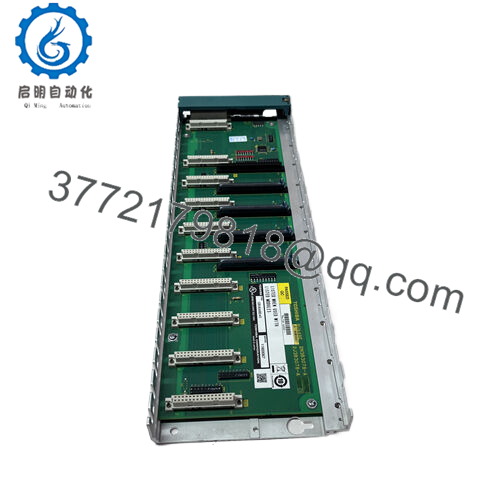
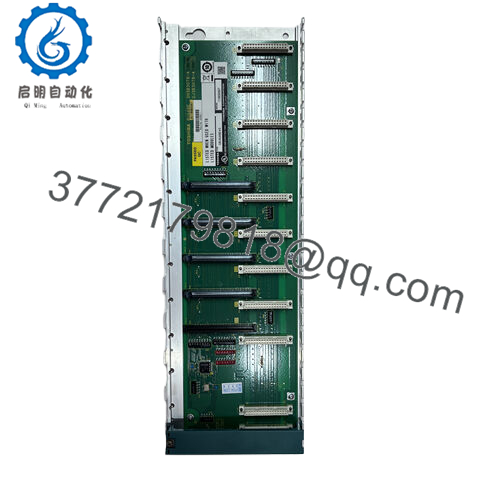
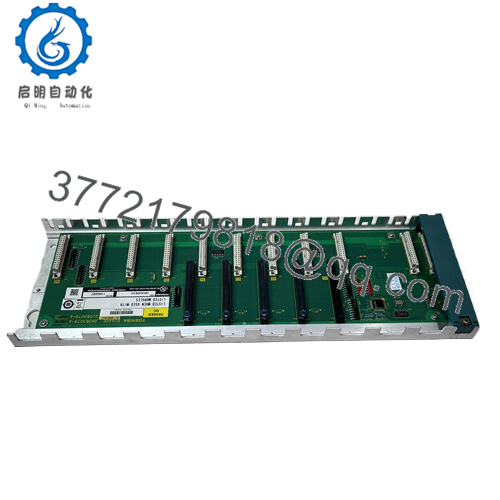
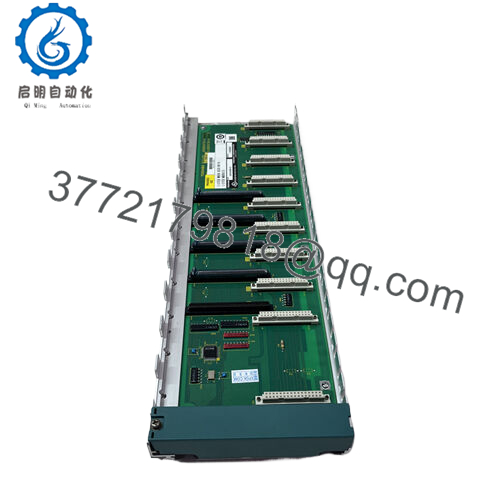
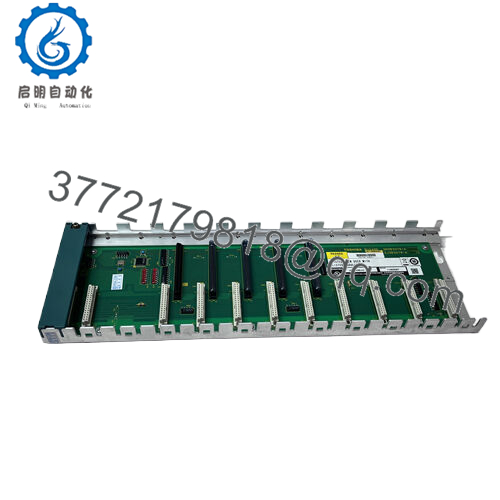
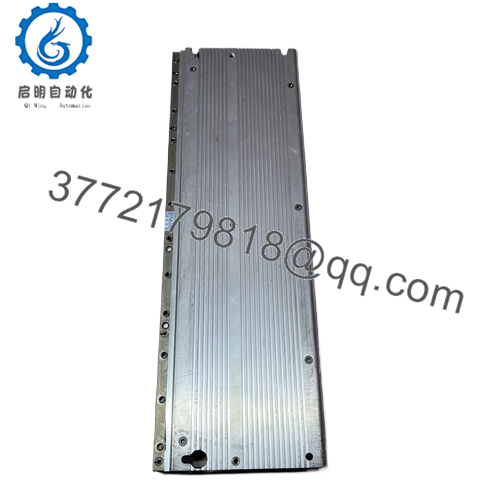
 WhatsApp: +86 16626708626
WhatsApp: +86 16626708626 Email:
Email:  Phone: +86 16626708626
Phone: +86 16626708626


